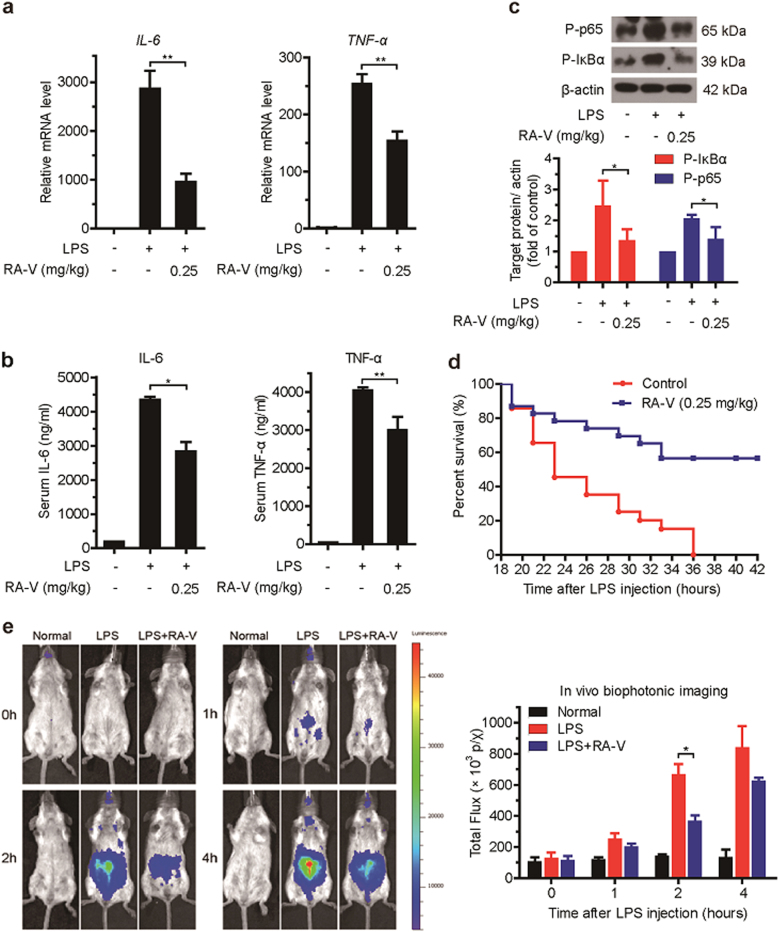Fig. 2. RA-V prevents endotoxic shock and inhibits NF-κB activation in vivo.
a–c RA-V prevents endotoxic shock in vivo. Mice (n = 6 per group) were intravenously injected with RA-V micelles (0.25 mg/kg body weight) or control micelles 52, 28, and 4 h before an intraperitoneal injection of LPS (10 mg/kg). One hour later, the relative levels of IL-6 and TNF-α mRNAs in the liver were assessed by quantitative RT-PCR (a), the serum IL-6 and TNF-α levels were quantified by ELISA (b), and the expression of p65 and IκBα phosphorylation in the liver were measured by immunoblot analysis c. d RA-V improved animal survival. Mice (n = 20 per group) were intravenously injected with RA-V micelles (0.25 mg/kg body weight) or control micelles 52, 28, and 4 h before intraperitoneal injection of LPS (20 mg/kg). Animal survival was recorded in 2–3 hours intervals. e RA-V inhibits NF-κB activation in vivo. The NF-κB-luc transgenic mice (n = 4 per group) were intravenously injected with RA-V micelles (0.25 mg/kg body weight) or control micelles 52, 28, and 4 h before intraperitoneal injection with LPS (10 mg/kg). NF-κB-luc transgenic mice were photographed at different time points and representative images are shown. The bioluminescent signals from all of the mice were detected and quantified. The data are presented as the means ± S.D. *, p < 0.05; **, p < 0.01

